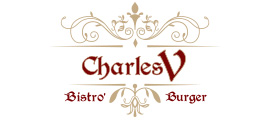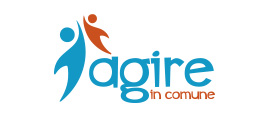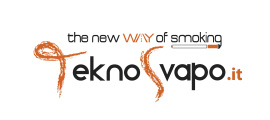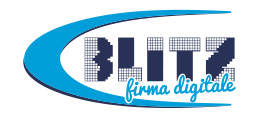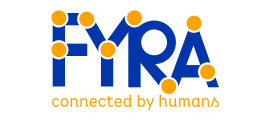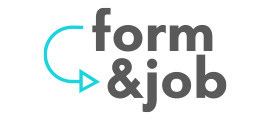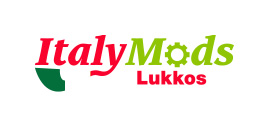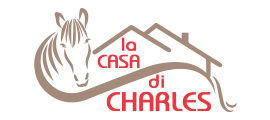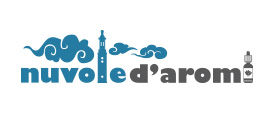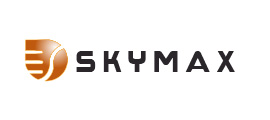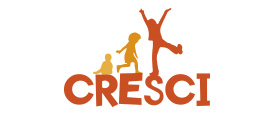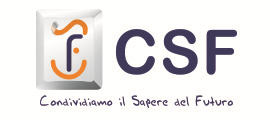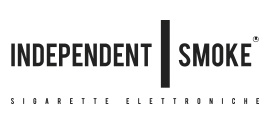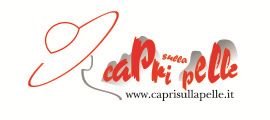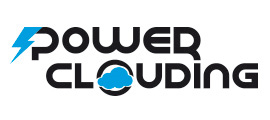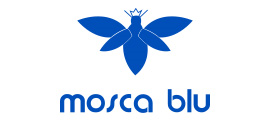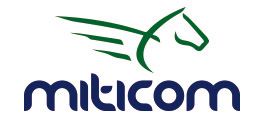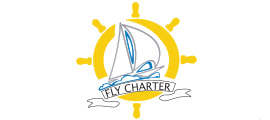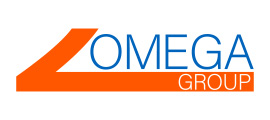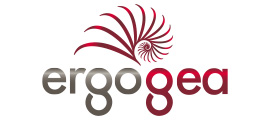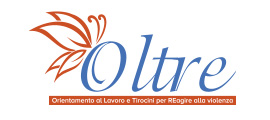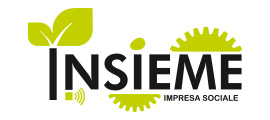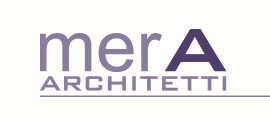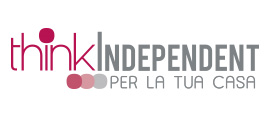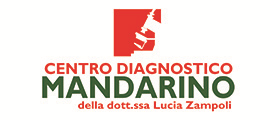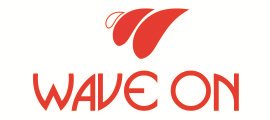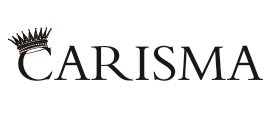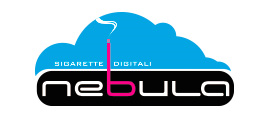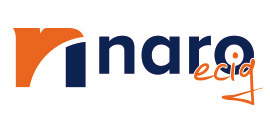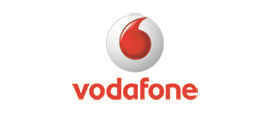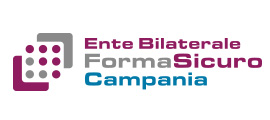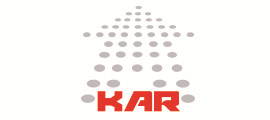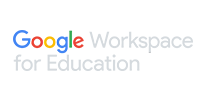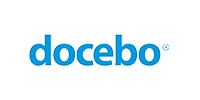Glossary
Un glossario chiaro, essenziale ed accurato, per aiutarti a comprendere meglio il linguaggio del marketing e della pubblicità.
Glossaries
| Term | Definition |
|---|---|
| B over A | Within the context of Media Planning and market research, B over A (or B/A) is a statistical ratio used to measure the effectiveness of a media channel (a TV channel, a magazine, a website) in reaching the desired target audience (B) compared to its total audience (A). The higher the B/A ratio, the greater the affinity of the media channel with the specific target for the advertising campaign. |
| B.T.A. | Best Time Advertising is the strategic practice of identifying and purchasing advertising slots (whether traditional or digital) at the times, days, or periods when the likelihood of reaching the target audience and eliciting a desired response is maximised. It does not just refer to Prime Time television, but rather a granular, data-driven analysis to define the optimal moment of exposure for each audience segment.
|
| B2A | B2A is the acronym for "Business-to-Administration". It describes the business model and the set of commercial transactions, communications, and services exchanged between a private company and a Public Administration body (such as ministries, local councils, regions, government agencies, or public institutions). This model is focused on the supply of goods or services to the public sector. |
| B2B | B2B is the acronym for "Business-to-Business". It is a business model that describes commercial transactions (the sale of products or provision of services) that take place exclusively between two or more companies. In this model, the end customer is not the private consumer, but another organisation (company, body, professional) that uses that good or service for its own operations or to produce in turn. |
| B2C | B2C is the acronym for "Business-to-Consumer". It is the most traditional and widespread business model, which describes the commercial transactions and relationships that occur directly between a company and the end consumer. In this model, the buyer is an individual who purchases products or services for personal use. |
| B2D | B2D is the acronym for "Business-to-Developer". It is a business model and marketing strategy in cui a company offers products, services, or digital tools specifically designed for software developers. The objective is not to sell to the end user or a manager, but to provide developers with the technological "raw materials" (such as APIs, SDKs, or platforms) they need to build or improve their own applications. |
| B2E | B2E is the acronym for "Business-to-Employee". It is not a sales model, but rather a strategy and an internal communication approach. It relates to the set of tools, platforms (such as company intranets), and initiatives that a company uses to provide products, services, information, and support directly to its own employees. |
| Baby | "Baby" is a slang term, universally recognised on film, television and photographic sets, to identify a 1000 Watt (or 1kW) Fresnel lens spotlight. It is part of the standard "family" of incandescent (tungsten) lights and is one of the most versatile tools available to a director of photography or a gaffer. |
| Baby Boomer | The Baby Boomers (or simply Boomers) are the demographic cohort born in the period immediately following the Second World War, characterised by a significant increase in the birth rate (the "baby boom"). Conventionally, Boomers are identified as those born between 1946 and 1964. |
| Back Cover | The "Back Cover" is the rear external face of a publication (book, magazine, brochure, catalogue). It is literally the "back" of the product. In Italian publishing, it is technically known as Quarta di copertina. |
| Back Projection | Back Projection (or Rear Projection) is an in-camera visual effects (VFX) technique, used predominantly in classic cinema. It consists of filming actors and scenic elements (the foreground) positioned in front of a translucent screen, onto which a background image (the background plate) is projected from behind, either still or moving. |
| Back-to-Back | "Back-to-Back" describes a display or advertising structure (such as a billboard, a totem, or a free-standing display unit) that features two faces mounted back-to-back on the same framework, facing in opposite directions to maximise visibility. |
| Backbone | The term "Backbone" refers to the central, very high-speed network infrastructure that forms the core of a complex communication system, such as the Internet. It is the set of main fibre optic cables, routers and switches that connect smaller networks (national, regional or local) to each other and handle the heaviest volume of data traffic. |
| Backbone.js | In web development, Backbone.js is a specific front-end JavaScript library. It provides a structure (hence, a "backbone") for organising the code of complex web applications, particularly Single Page Applications (SPAs). |
| Background | In marketing, PR and strategy, the "background" (or background information) refers to the collection of preliminary information, context, history, and data necessary to understand a project, a company, or a market. It is the "who, what, where, when, and why" that underpins any new initiative. |

 IT
IT  EN
EN 
